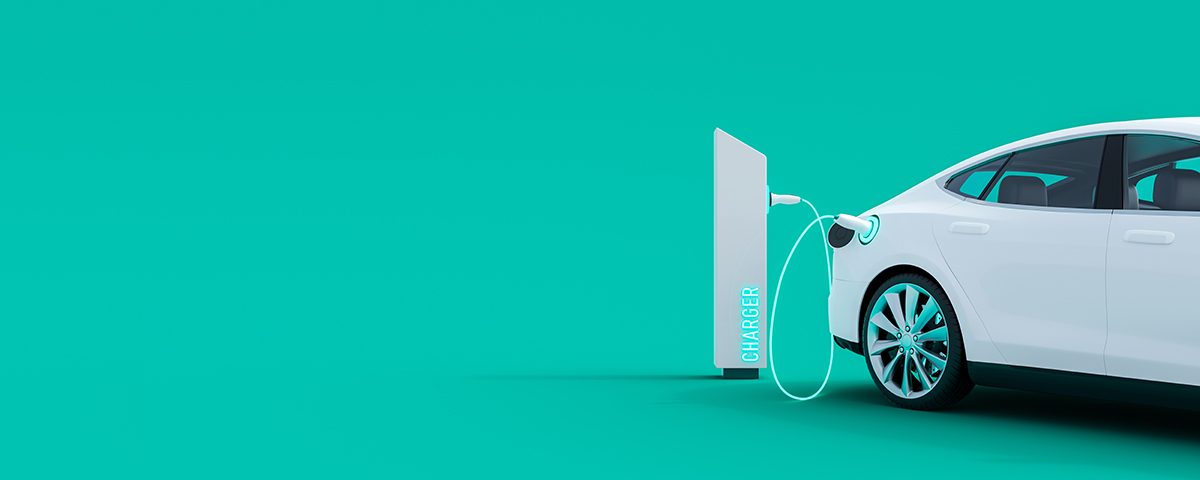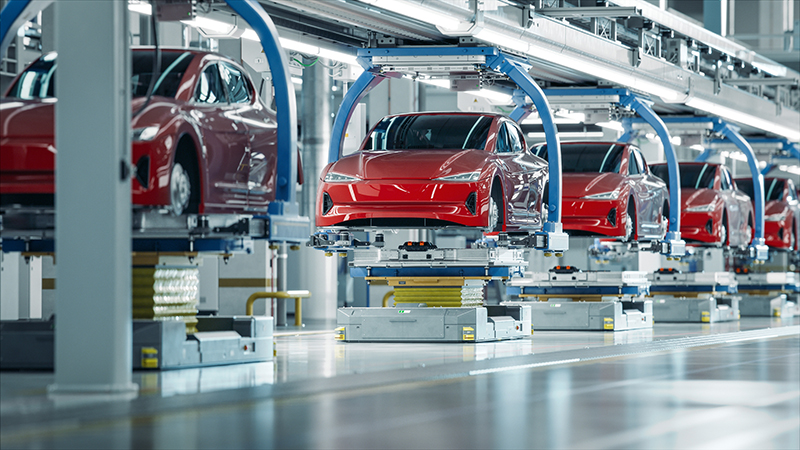Electric Vehicle Trends 2024

Published: Friday, 31 May 2024
In recent years, we have seen an influx of electric vehicles (EVs) on the road, and in 2024, that doesn’t seem to be slowing down. With the goal of making 80% of all car sales electric by 2030, EVs are having to prove their worth in the vehicle market to make sure those numbers are achievable. In this article, we will look at the trends that are impacting EVs in 2024 and how these trends are helping EVs grow in the future.
Continued Growth
Electric vehicles have seen continuous growth since they came to the market, and in 2023, we saw almost 14 million electric cars sold, which is almost one in every five cars sold being electric. In 2024, we expect to see sales reach almost 17 million total cars sold globally. This will put EVs globally at over 55 million, which seems like a lot until you realise there are over 1 billion vehicles globally, which shows just how far EVs have to come before they can be the world's leading vehicle of choice.
Affordable Options
One of the main issues for EVs in previous years has been the overall price of electric cars. For the most part, electric vehicles have very much felt like a luxury vehicle, and ones that were designed to be cheaper didn’t have the power or range to justify investing in an EV over a petrol or diesel vehicle. With technology improving and more car brands investing in electric vehicles, we are now getting cheaper alternatives that are able to keep up against petrol and diesel engines.
Electric Vans
Electric vans have struggled the most to make it into the vehicle market, especially for work-related use. Previously, electric vans weren’t able to keep up with the demands of a regular workday. Electricians that were using them saw a significant decrease in range, with an average range of around 200 miles for an electric van in comparison to a petrol or diesel vehicle, which saw a range of around 400 miles. Current-generation electric vans have seen vast improvements with an increase in range and technology to make them competitive with petrol and diesel engines. Although we are still some ways before electric vans are the leading choice for vans, especially in the work force, we are seeing positive growth with some brands already making their fleets fully electric, so potential is clearly there.
Range Improvements
One of the biggest issues faced with EV technology is the overall issue of range. The range an EV has can vary depending on a few factors; the main ones are temperature and battery health. Lithium-ion batteries usually struggle to handle cold weather and can impact range. With battery health, batteries will eventually lose the ability to store the full amount of energy, which is known as battery degradation. This happens with lithium-ion batteries as soon as they are created and each time the battery goes through a charge cycle, it loses some of its maximum potential.
With improvements to EV chargers, we are seeing improvements to issues with range. Most EV batteries now have thermal management systems to keep the battery working at optimal temperature which keeps the range much higher than if it were to overheat. In regard to battery health, the actual range affected by battery degradation is very minimal, even after 5+ years.
On average, we will likely see ranges of 150–300 miles per charge with current-generation EVs. The range itself is still not up to the standard of combustion engines (a range between 350 and 400 miles); however, we are seeing much-needed improvements to the technology to make EVs more functional with day-to-day and work driving.

Innovation: Battery Technology
We have seen plenty of changes over the years when it comes to battery technology in our EVs, and they don’t seem to be stopping anytime soon. In 2024, we expect to see further advancements in technology, which include the following:
New Batteries on the Market
Lithium-ion batteries have been the leading battery technology in EVs throughout their history and will remain so in the coming years. However, key materials related to lithium-ion (lithium and cobalt) have limited availability, this impacts on cost of the batteries with them being more expensive than they could be due to the materials used. which means we are having to develop new alternatives to meet the future demands of EVs. The alternative is sodium-ion (Na-ion) batteries.
By replacing lithium with sodium, which is a much more readily available chemical, the batteries are widely available, environmentally friendly, and set to be much cheaper than lithium batteries. The technology is still facing some challenges, which we hope will be solved in the next couple of years.
Solid-state Batteries
Batteries today use liquid electrolytes, which help improve cell performance and extend battery life. However, the goal for these batteries is to achieve solid-state, which replaces the liquid with solid ceramic. This allows us to use batteries with a higher density, which helps with faster charging and improved safety. There are a lot of positives that come with making our EV batteries solid-state, and from 2024 on, we could start to see real advancements in making that happen.
Battery Recycling
As the EV industry matures, we are finally starting to see EV batteries reach their end-of-life span. Because of this, we are seeing an increase in interest regarding the recycling of batteries. With lithium and cobalt being limited and the environmental impact of discarding batteries increasing, research is being made into the ability to recycle these batteries. We expect to see investment in the research of recycling EV batteries this year.
Charging Infrastructure
In recent years, we have seen an influx of EV chargers on the market, which has helped bring the costs down to more competitive pricing. However, the main issue with EVs is the overall lack of infrastructure for charging stations readily available on the road or at workplaces. In 2024, we expect to see further investment in increasing the overall number of charging stations available on the road, which will also include faster charging options that aren’t exclusive to specific brands.
2024 looks set to be an exciting year for the electric vehicle industry, and it is taking the necessary steps to future-proof the industry and make it a sustainable way of driving your car on the road.
We look forward to seeing what the world of EVs has to offer in the years to come.

